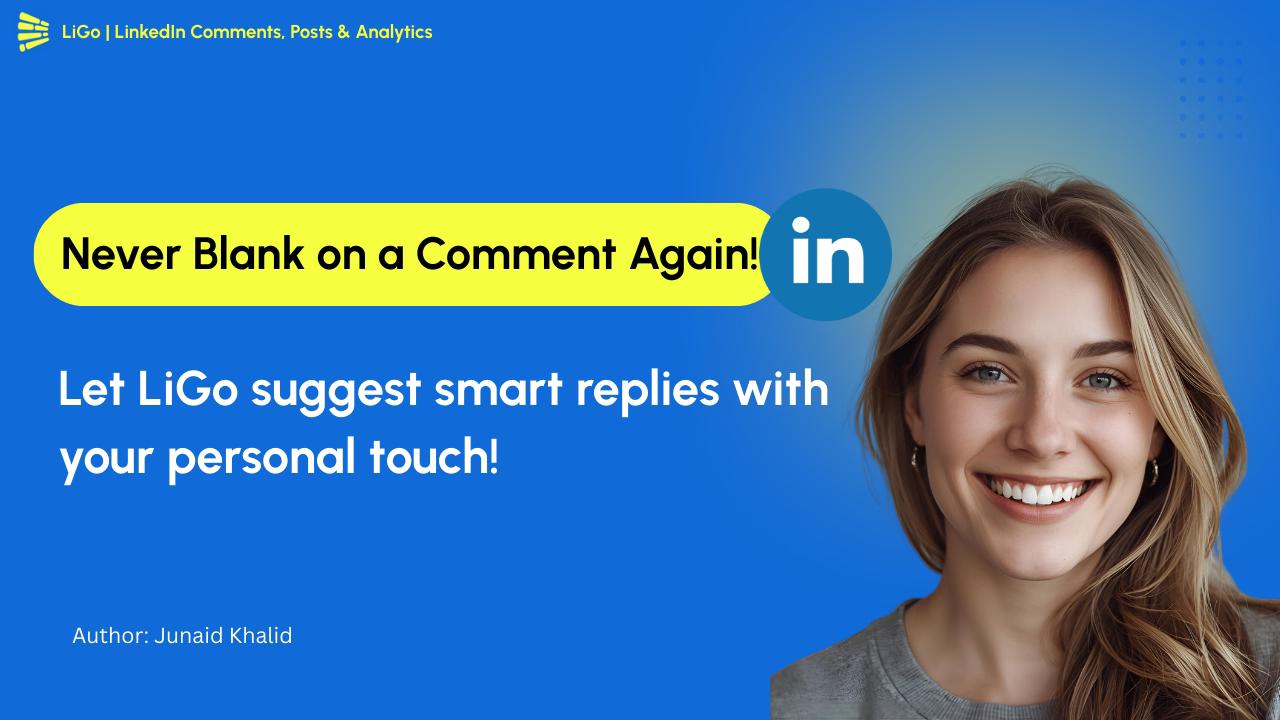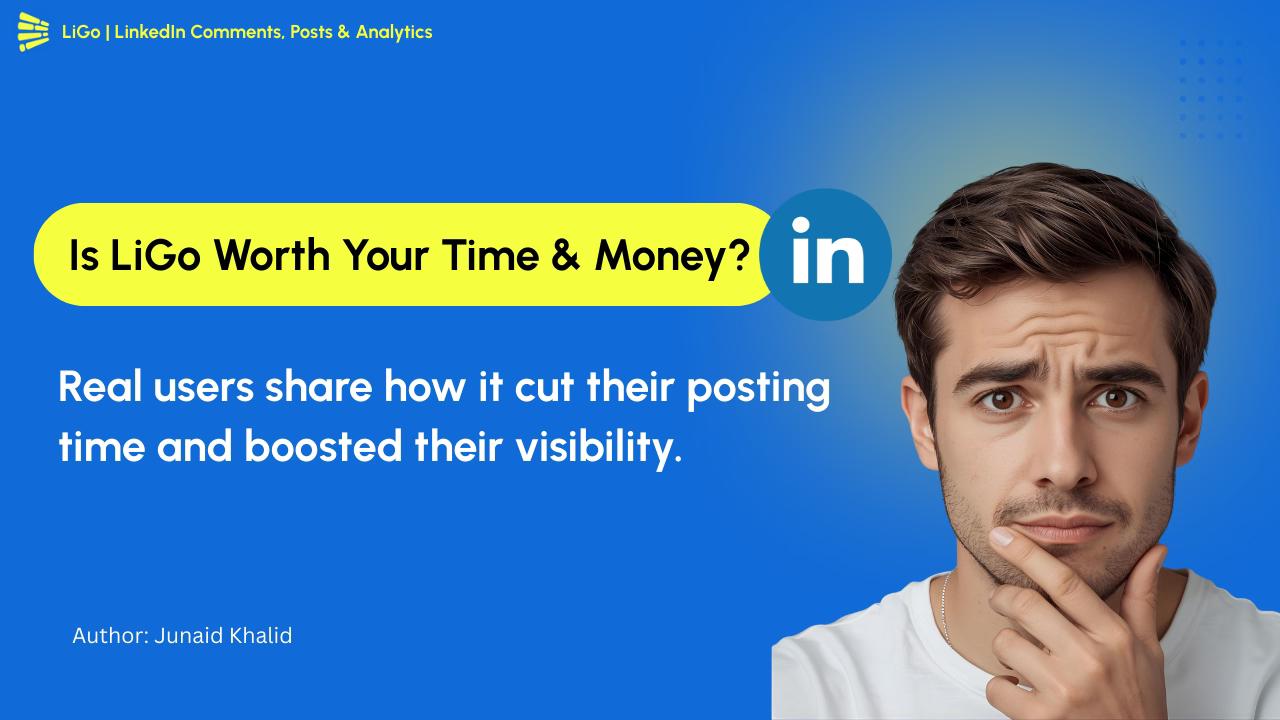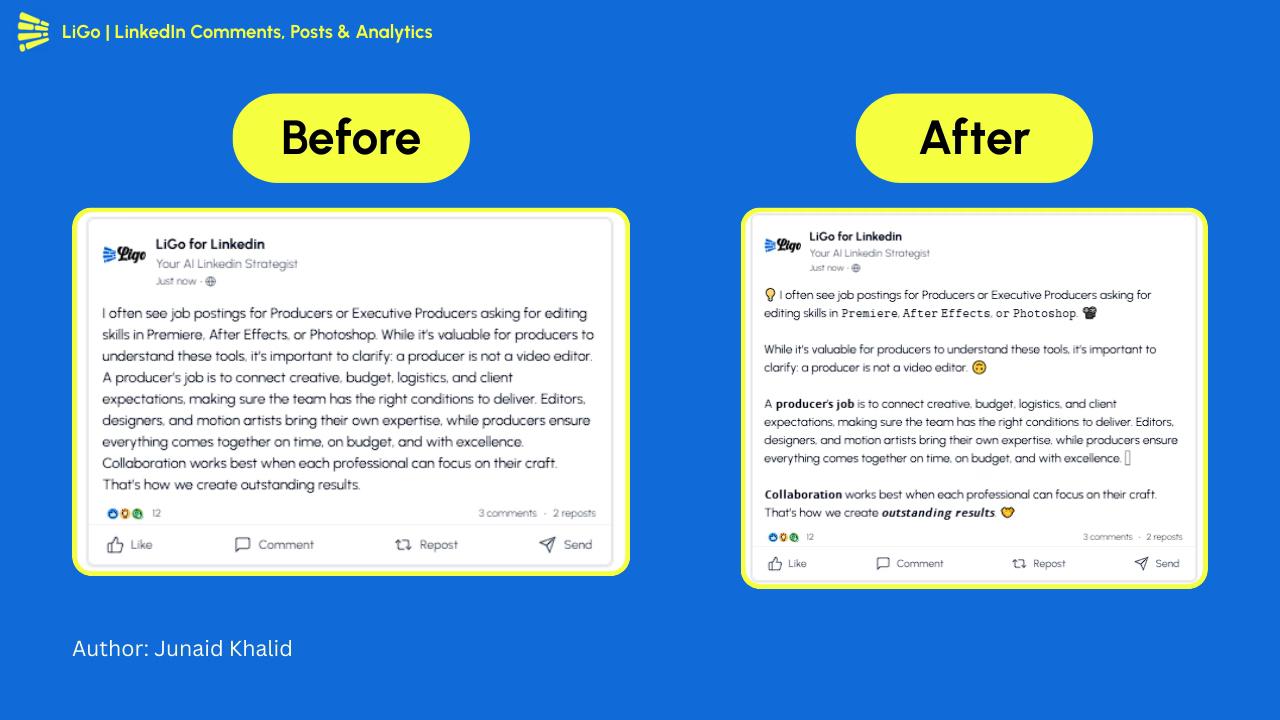A LinkedIn headline is more than a string of keywords - it’s a 120‑character cognitive shortcut. Recruiters form an impression of your profile in roughly seven seconds, according to an eye‑tracking study by Ladders. Understanding why certain words or structures win that split‑second battle gives you an edge competitors can’t copy‑paste.
6 Cognitive Principles Driving Scroll‑Stopping Headlines
Cognitive Fluency
Humans prefer information that’s easy to parse. Simple, concrete language lowers mental load and boosts credibility. See how LinkedIn’s own Talent Blog highlights plain‑English headlines that “pop” for recruiters (LinkedIn Talent Blog).
LiGo tip:Unser Headline Generator helps you write jargon-free headlines.
Self‑Relevance Effect
We’re wired to notice information about us. Headlines that mirror a recruiter’s search (e.g., exact job title + niche skill) feel immediately relevant. Jobscan’s analysis shows keyword‑aligned headlines surface higher in recruiter Boolean strings (Jobscan study).
Social Proof
Names of well‑known brands, certifications, or numbers act as shortcuts for competence. A Business Insider case study of a recruiter head‑hunted by Apple credits a brand‑laden headline for the outreach (Business Insider case study).
F‑Pattern & Primacy Effect
Eye‑tracking by Nielsen Norman Group reveals readers scan in an “F” shape, with the top‑left text getting most attention (Nielsen Norman Group research). Put your strongest hook first - usually the role or key achievement.
Distinctiveness & Novelty
Kamara Daughtry’s LinkedIn article found five headline formats delivering 40 % more recruiter clicks by adding unexpected elements like emojis or mission statements (Kamara Daughtry’s LinkedIn article). Novelty sparks the brain’s reward circuitry - use it sparingly.
Scarcity & FOMO
Phrases like “Open to Series‑B roles” or “Board‑Ready CFO” signal limited availability, nudging recruiters to act.
The LiGo Headline Blueprint (Putting Psychology to Work)
[Role] | [Niche Skill / Context] | [Impact Metric] | [Credibility Cue]
Each slot maps to a cognitive trigger:
-
Rolle → Self‑relevance
-
Skill → Cognitive fluency (specific beats broad)
-
Impact → Social proof (numbers)
-
Credibility → Authority / scarcity
Try it in the Headline Generator and A/B test with LiGo-Analytik (/features/analytics) to see which variant lifts recruiter views over 14 days.
Real‑World Examples
-
Full‑Stack Engineer (React/Node) | Scaled 10 M MAU | Ex‑Netflix
Warum es funktioniert: role clarity + niche stack + social‑proof number + authority brand. -
Growth‑Stage CFO | Raised $120 M | SaaS LTV ↑35 % | Board‑Ready
Warum es funktioniert: scarcity (“Board‑Ready”) + big metric.
Find more plug‑and‑play lines in our companion guide: 7 LinkedIn Headline Examples That Get Recruiters’ Attention.
How to Iterate Like a Scientist
-
Generate variants with LiGo.
-
Deploy for one week each - keep posting normally.
-
Measure profile views & InMails in LiGo-Analytik .
-
Double‑down on the highest CTR headline; tweak based on insights.
Need a holistic profile overhaul? Use our LinkedIn Profile Checklist 2025.
Craft headlines with psychology, not guesswork - and let LiGo handle the testing. Your future recruiters will thank you.




